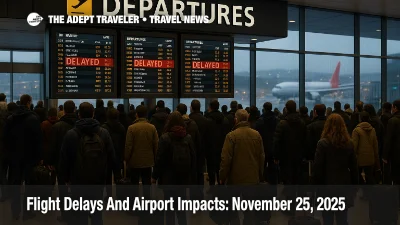FAA Daily Air Traffic Report
This page collects our daily coverage of the FAA Air Traffic Report, the agency's day-of outlook for U.S. air traffic conditions. It flags where travelers should expect delays, ground stops, or airport-specific constraints, and why. We translate the FAA's operational briefings into clear takeaways, add traveler actions, and link to related airport, airline, and weather stories. Always verify your individual flight with your airline for the latest status.
What We Publish Each Day
- Plain-English summary. A quick read on the FAA's expected impacts across the National Airspace System, including weather, volume, runway work, and equipment issues.
- Key programs to watch. Notes on initiatives like Ground Delay Programs, which meter arrivals when demand exceeds capacity at a major airport.
- Live sources, monitored. We track the FAA's NAS Status dashboard and ATCSCC advisories, then update our write-ups if conditions change.
How To Use This Page
- Check today's report first, then open linked airport hubs for local details, route changes, and terminal advisories.
- Confirm with your airline. The FAA report guides operations at a system level, however flight-specific times, rebookings, and waivers come from your carrier.
- Watch the jargon. If you see terms like GDP, EDCT, or AFP in our notes, we will explain what they mean and how they affect your departure time.
FAQ
What is the FAA Daily Air Traffic Report? It is a same-day planning brief from the FAA that outlines expected operational impacts, for example, arrival and departure delays, possible ground stops, and airport constraints. It is designed for air traffic planning, not for individual flight guarantees.
Who issues these advisories? They are coordinated through the FAA's Air Traffic Control System Command Center, which balances national air traffic demand with system capacity.
Where can I see real-time status? Check the FAA's NAS Status pages for active airport events and the ATCSCC advisory database for current notices. We monitor both and summarize changes for travelers.
What is a Ground Delay Program, and how does it affect me? A GDP meters arrivals into a constrained airport. Flights are assigned Expect Departure Clearance Times to prevent airborne holding, which can shift your pushback time even if local weather looks clear. Your airline will show any new departure time after a GDP goes into effect.
Editorial Notes
We focus on what matters to travelers: where delays will likely occur, what is causing them, how long they may last, and what actions to take. When the FAA updates advisories, we refresh our coverage and link to related airport and airline stories to keep everything in one place.
U.S. Airport Delays, Ground Stops, December 22, 2025

U.S. Airport Delays and Ground Stops: December 21, 2025

Flight Delays and Airport Impacts: December 19, 2025
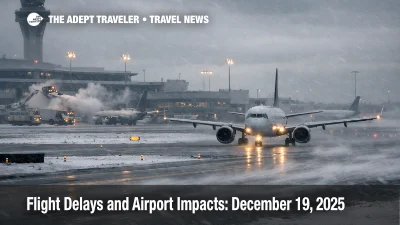
Flight Delays and Airport Impacts: December 18, 2025

Flight Delays and Airport Impacts: December 17, 2025
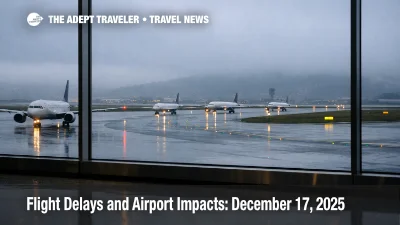
FAA Dec 16 Flight Delays, JFK and LAX Weather Risks
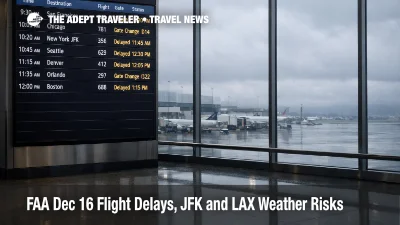
Flight Delays And Airport Impacts: December 14, 2025
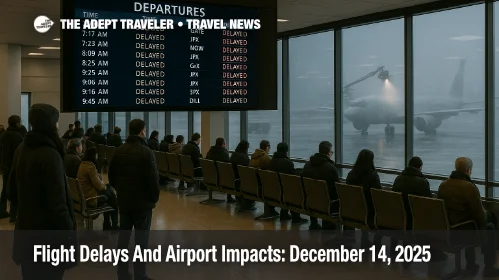
Flight Delays And Airport Impacts: December 13, 2025
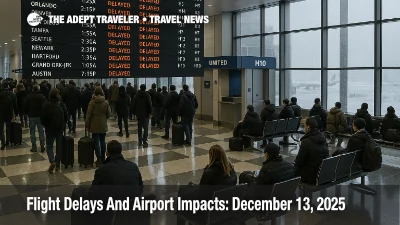
Flight Delays And Airport Impacts: December 12, 2025
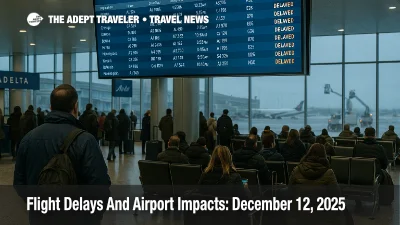
Flight Delays And Airport Impacts: December 11, 2025
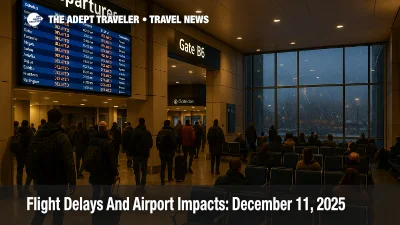
Flight Delays And Airport Impacts: December 10, 2025
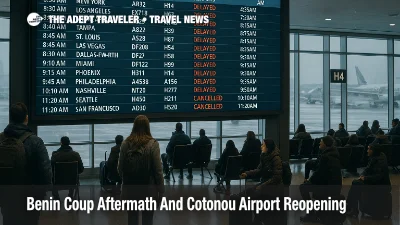
Flight Delays And Airport Impacts: December 9, 2025
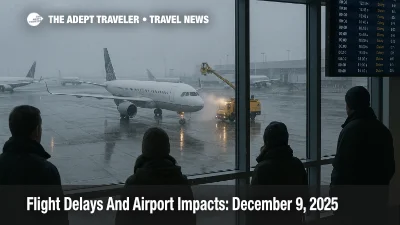
Flight Delays And Airport Impacts: December 8, 2025
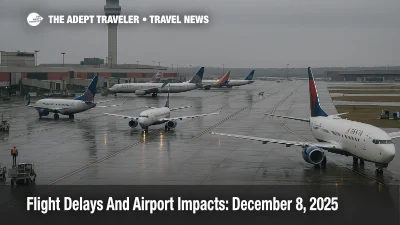
Flight Delays And Airport Impacts: December 7, 2025
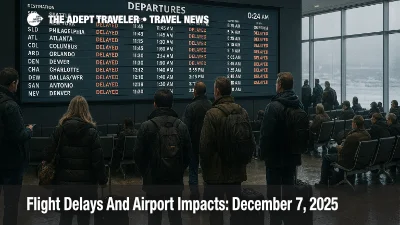
Flight Delays And Airport Impacts: December 6, 2025
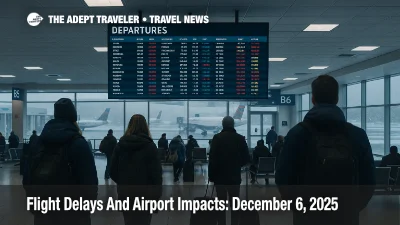
Flight Delays And Airport Impacts: December 5, 2025
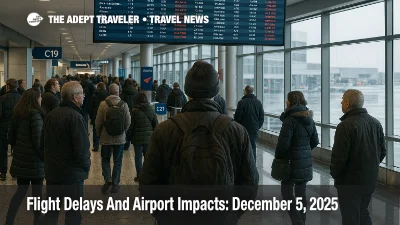
Flight Delays And Airport Impacts: December 4, 2025
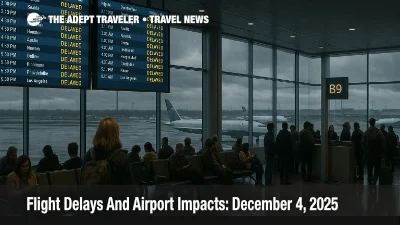
Flight Delays And Airport Impacts: December 3, 2025
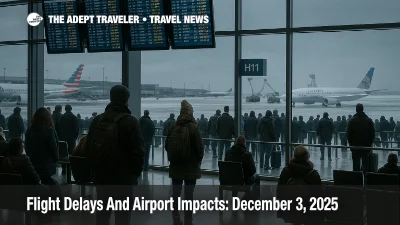
Flight Delays And Airport Impacts: December 2, 2025
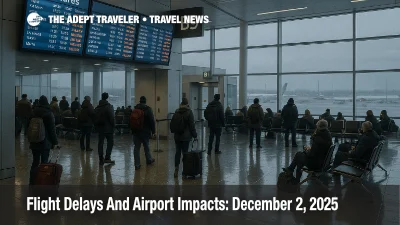
Flight Delays And Airport Impacts: December 1, 2025
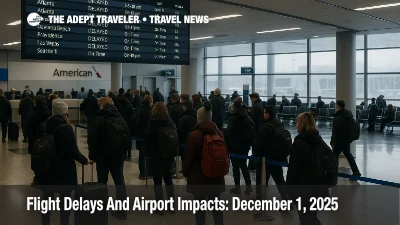
Flight Delays And Airport Impacts: November 30, 2025
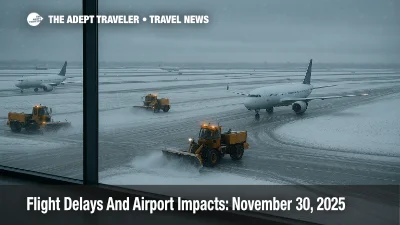
Flight Delays And Airport Impacts: November 29, 2025
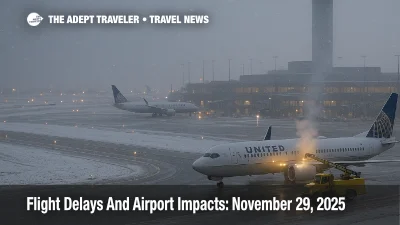
Flight Delays And Airport Impacts: November 28, 2025
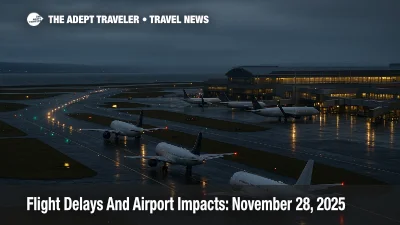
Flight Delays And Airport Impacts: November 26, 2025
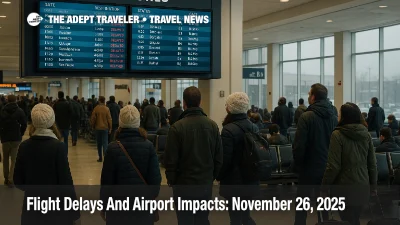
Flight Delays And Airport Impacts: November 25, 2025
